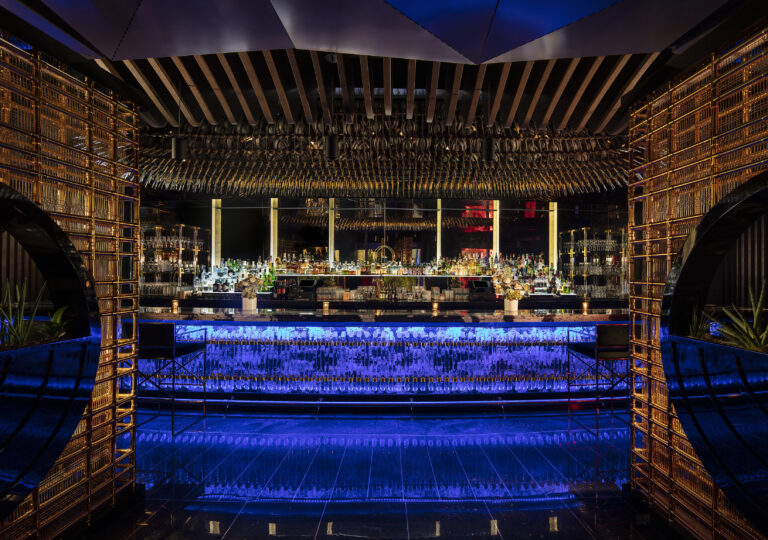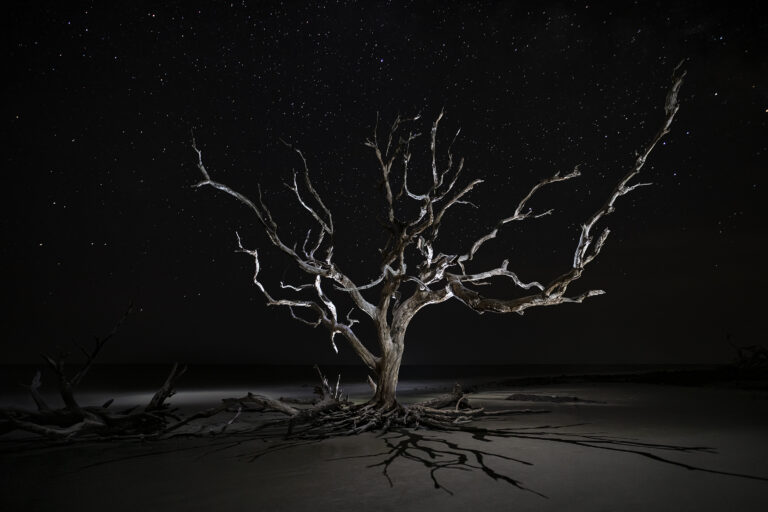Architectural photography is a type of photography that captures the beauty and design of buildings. Due to its specific nature, architectural photographers often need to be able to think creatively in order to capture their desired images. This article will explore how you can build an architectural photography portfolio like mine!
Why you should consider becoming an architectural photographer
Becoming an architectural photographer is a great way to use your creative skills and make a living at the same time. As an architectural photographer, you will be responsible for photographing buildings, bridges, monuments and other architectural structures. This can be a very rewarding career, as you will be able to help architects and builders showcase their work to the world.
There are many benefits to becoming an architect photographer. For starters, you will have the opportunity to travel and see new places. You will also have the chance to meet new people and learn about different cultures. Additionally, you will have the satisfaction of knowing that you are helping to create beautiful structures that will last for centuries.
How do you go about photographing the interior of a building?
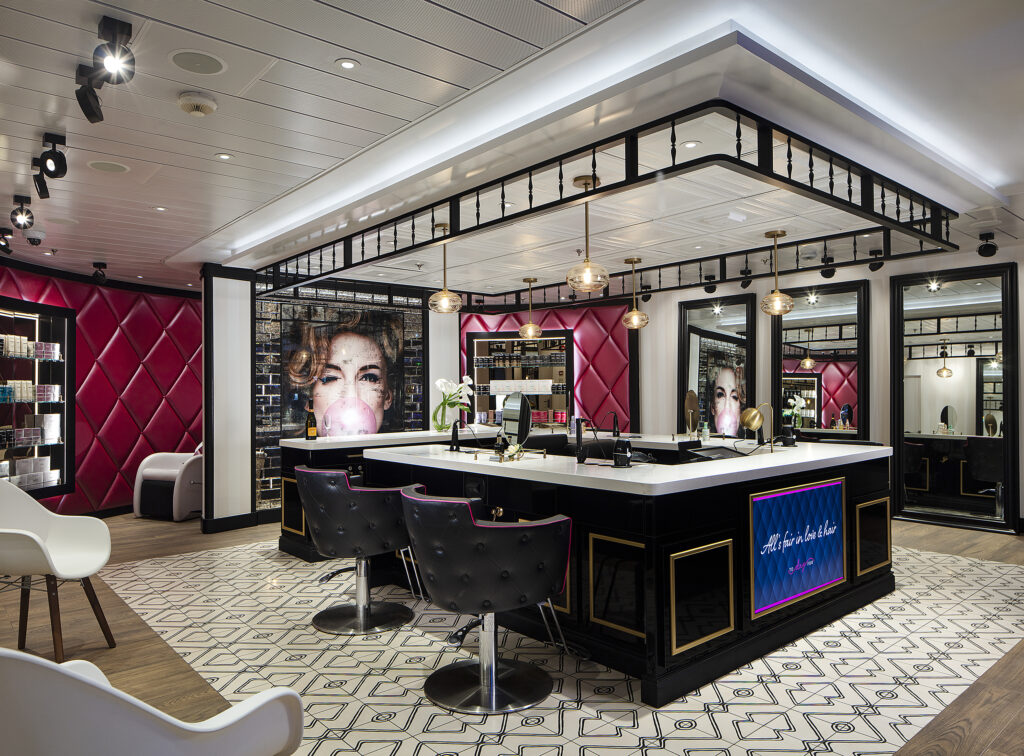
When photographing the interior of a building, it is important to first understand the structure and layout of the building. You should also have a good idea of the lighting conditions inside the building, as well as what type of equipment you will need to capture the best images. It is also important to be aware of any security restrictions that may be in place.
Once you have a plan in place, you can start photographing the interior of the building. Make sure to take your time and take plenty of photos from different angles. Be sure to pay attention to the details, as well as the overall composition of the image. In certain cases, you may even need to add a perspective adjustment when post-processing your images if the lines in the building do not appear straight.
Another area of concern is safety. For example, some types of materials used in buildings can be dangerous if they get wet or are exposed to humidity for long periods of time. Therefore, it is important that you pay careful attention to what surfaces your equipment may come into contact with while photographing inside a building – this will help prevent damage to your property and/or injury during the shoot. It is also important to be aware of the conditions outside such as the weather, temperature and wind speed. This can affect what you decide to wear during your shoot, as well as how much equipment you bring with you. For example, if it is cold outside with a strong breeze, do not forget to pack warm clothes and consider waxing your equipment so it does not get damaged by the elements.
How does a photographer take exterior photographs of a building?
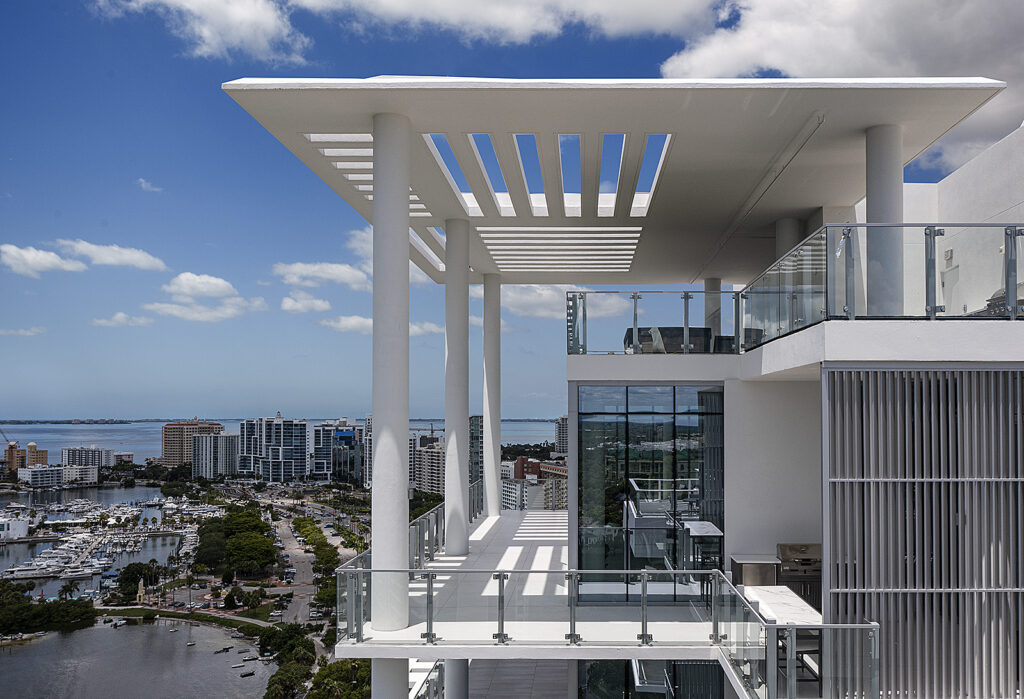
When photographing a structure, it’s important to take into account the surroundings and the lighting. Try to find a vantage point that allows you to capture the entire building in the frame, and use a wide-angle lens to exaggerate the size of the structure. If there’s a lot of sunlight, try to position yourself so that the sun is behind you, and avoid taking photos during midday when the sun is at its brightest. It’s also important to use a tripod and a remote shutter release to minimize camera shake, which can result in blurry images. What is the ideal shutter speed for exterior shots?
If there’s enough light, you can get away with using a slower shutter speed. However, if the lighting conditions are low, you’re better off using a faster shutter speed to avoid camera shake. Use your judgement based on what you see in the viewfinder or through the lens to determine if it’s safe to handhold at any given speed. For example, if you see a lot of blur in the scene, such as leaves blowing in the wind, it’s safe to assume that you’ll need to use a faster shutter speed than normal. If there’s no motion in your scene and you can brace yourself against something while taking the photo (such as leaning on a wall), then you might be able to get away with using a slower shutter speed than usual.
If your camera supports it, you may also try setting the mirror lockup to activate the shutter with less vibration.
What equipment do you need to capture the best architecture images?
When deciding what type of equipment to bring with you on a shoot, you should first consider where you’ll be photographing and how much space you’ll have access to. In most cases, it is recommended that beginners travel with a single-lens reflex camera body and one or more lenses. For smaller spaces, such as an apartment, a wide angle lens is usually sufficient for interior shots. You’d then move in close enough to fill the frame with your subject while avoiding angles that would show too much empty space around them. If there is not enough room to fit everything into one photo, you can opt for multiple shots and stitch them together in post-production.
When photographing larger buildings, you may want to explore different angles of the building. For example, rather than photographing straight up at the top of a large skyscraper, try taking some shots from street level or even across the street. Once again, multiple images can be stitched together in post-production using panoramic stitching software.
If flash is needed for photography purposes in any interior space, it’s essential that you consult with someone familiar with the building layout – like an architect or security officer – beforehand to make sure you don’t accidentally enter unsafe areas when taking your shots. If this is not possible, then ask to see the building’s blueprints. This will help determine how much power your flash will require to illuminate objects in certain corners of a room, for example.
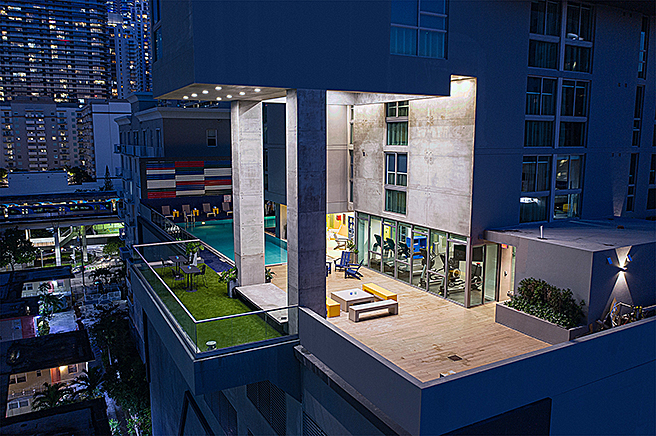
What to put into an Architectural Photography portfolio
When putting together your architectural photography portfolio, it’s important to choose images that showcase your best work. This means that you need to take great care in the selection of images, as well as the layout and design of your portfolio. In addition, you’ll also need to make a good impression with potential clients by being professional and courteous.
One way to select the right images is to think about the type of architecture you want to specialize in. For example, if you’re interested in photographing modern architecture, then you’ll want to choose images that feature sleek lines and minimalist designs. If you’re more interested in photographing traditional architecture, then you’ll want to choose images that are warm and inviting.
It’s also recommended that you put together a selection of photos for your portfolio. It’s best to have at least fifteen to twenty images for an online portfolio, but aim for thirty or more if you’re hoping to attract clients in person.
It is also important that the images are high-resolution and clear. You can create stunning architectural photography even with amateur equipment, just as long as you know how to use it well. However, professional gear will generally produce better results than cheaper alternatives where possible light conditions are concerned.
If you want to learn more about how to put together a stellar architectural photography portfolio, check out my photography work. Hopefully it’ll give you some inspiration! If you’re interested in marketable images of modern architecture or warm and inviting shots of traditional buildings, then feel free to reach out!

